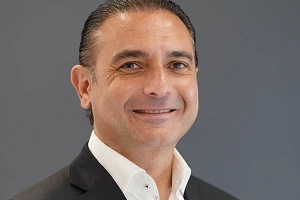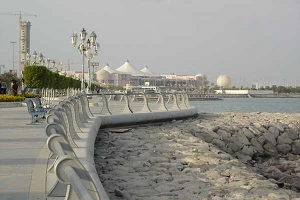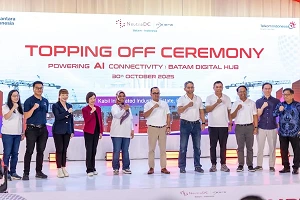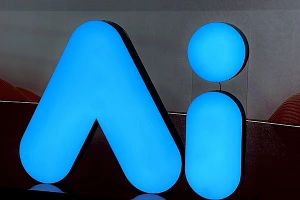At GITEX GLOBAL 2025, Huawei successfully convened the Industry Intelligent Operations Forum, gathering over 50 overseas customers and partners to explore the future of AI-driven operational transformation.
The forum featured in-depth discussions on intelligent upgrading across industries and showcased Huawei's latest solutions and proven best practices.
The forum addressed critical operational challenges faced by industries such as finance, government, telecom, and OTT in integrating AI into their core operations. A central issue lies in the growing complexity of cloud and distributed architectures, which makes systems increasingly difficult to monitor, troubleshoot, and repair. As AI adoption accelerates, these operational hurdles are further magnified, making it challenging to achieve and sustain the high Service-Level Agreements (SLAs) essential for AI-driven services.
In response, Lucas Lu, President of Huawei ICT Assurance and Operations Services, emphasized the need for a fundamental evolution in operational models. “We are moving beyond traditional approaches by building a collaborative ecosystem of ‘Experts + Intelligent Assistants + AI Agents’,” he stated. “Through the deep integration of AI and digital twin technologies, we enable a strategic shift from reactive maintenance to proactive prediction and automated remediation.”
In addition, Huawei’s solutions are already delivering measurable outcomes across multiple sectors. Kevin Ye, Director of Huawei Intelligent Operations Domain, highlighted a suite of specialized capabilities for different operational scenarios:
 Kevin Ye, Director of Huawei Intelligent Operations Domain, presenting on "Intelligent Operations Powering Smarter Industries"
Kevin Ye, Director of Huawei Intelligent Operations Domain, presenting on "Intelligent Operations Powering Smarter Industries"
In the data center domain, Huawei’s full-stack solution—powered by the MindOps platform—enables cloud resource optimization, change automation, and cross-domain intelligent fault diagnosis. These capabilities help customers achieve over 99.9% availability, reduce fault localization to under 10 minutes, and improve cloud resource efficiency by more than 10%.
For private networks, Huawei has built a growing repository of intelligent O&M assets. These include over 200 diagnostic assets for mobile networks, performance KPI prediction with over 85% accuracy for private lines, and more than 150 analysis assets for FTTH scenarios, enabling rapid fault identification and quality assurance across multi-vendor environments.
In campus network operations, Huawei’s solution integrates unified monitoring with AI-driven optimization. Key features include wired-wireless collaborative tuning, precision capacity planning, and minute-level fault localization based on full-view visibility. These have helped customers achieve zero incidents during major events and pre-resolve tens of thousands of potential issues.
Addressing intelligent computing, Huawei’s AI Ops solution provides end-to-end visibility and assurance for both training and inference clusters. Core capabilities include automated fault localization for training tasks, minute-level cross-domain diagnosis, and inference performance monitoring. These have enabled over 98% cluster availability and over 99.9% inference service reliability in multiple commercial deployments.
Looking to the future, Huawei will continue to deepen the integration of AI, Agents, and Digital Twins into operational workflows, enabling more industries to move toward predictive and autonomous operations. Through open platforms and expanded partnerships, Huawei aims to build a global ecosystem focused on intelligent transformation—turning operational challenges into opportunities for growth and innovation.
























